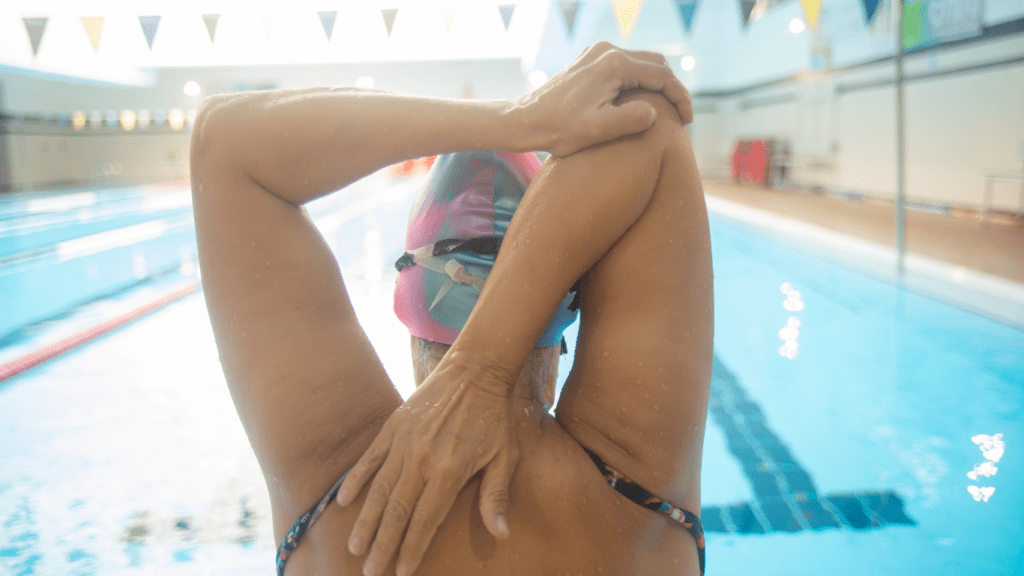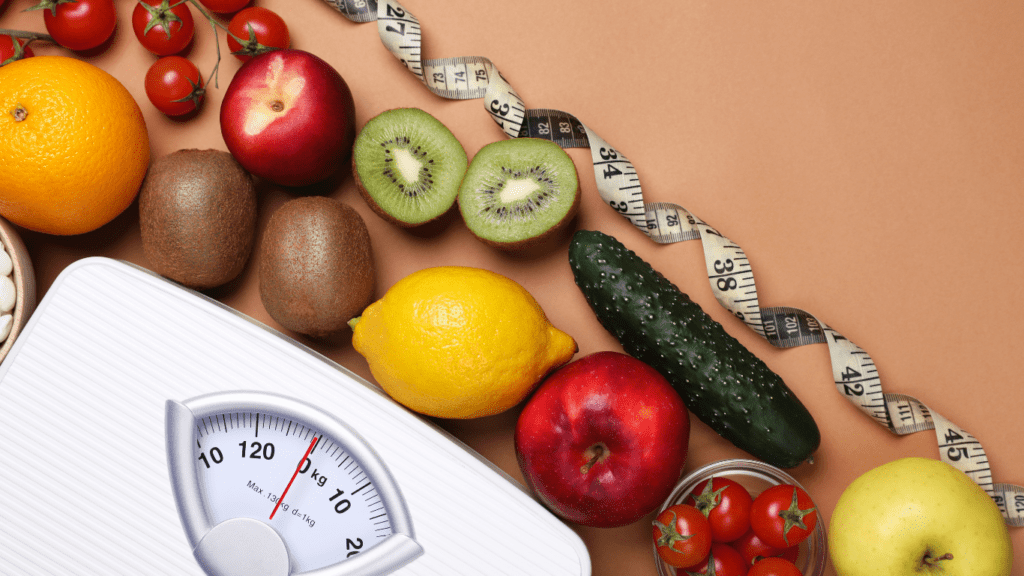As a competitive swimmer, I know the importance of fueling my body with the right foods to enhance performance. One key factor that often gets overlooked is the glycemic index (GI) and its impact on energy levels in the pool. Understanding how different foods affect blood sugar levels can make a significant difference in a swimmer’s endurance and overall performance.
In this article, I’ll delve into the concept of the glycemic index and its relevance to swimmers. By grasping the basics of GI and choosing foods that provide sustained energy release, swimmers can optimize their training sessions and competitions. Join me as we explore the relationship between the glycemic index, carbohydrate intake, and peak swimming performance.
Understanding the Glycemic Index
I’ll delve into what the Glycemic Index (GI) is and how it’s measured in the following sections:
- What Is the Glycemic Index?
The Glycemic Index (GI) is a scale that ranks carbohydrate-containing foods based on how they affect blood glucose levels compared to a standard glucose solution. Understanding the GI of foods can help optimize energy levels for swimmers as it indicates how quickly carbohydrates are converted into sugar in the body. Foods with a low GI release glucose slowly, providing a more sustained energy release, which can be beneficial for swimmers during training and competitions. - How Is It Measured?
The GI is measured by comparing the blood glucose response to a particular food to a reference food, typically pure glucose or white bread. This comparison results in a numerical value assigned to each food item, indicating its impact on blood sugar levels. Foods are categorized into low, medium, or high GI based on their resulting values. Low GI foods have values of 55 or less, medium GI foods range from 56 to 69, and high GI foods have values of 70 or above. By understanding the GI values of different foods, swimmers can make informed choices to support their energy needs effectively.
The Role of Carbohydrates in Swimming
When it comes to fueling my body for swimming, carbohydrates play a crucial role. As a competitive swimmer, I understand the importance of consuming the right types of carbohydrates at the right times to optimize my performance in the pool.
Types of Carbohydrates Swimmers Should Consume
As a swimmer, I rely on complex carbohydrates like whole grains, fruits, and vegetables to provide a steady source of energy. These carbohydrates have a lower glycemic index, meaning they are digested more slowly, providing a sustained release of glucose into my bloodstream. This steady energy supply is essential for long training sessions and competitions, helping me maintain endurance and performance levels.
Importance of Timed Carbohydrate Consumption
For optimal performance in swimming, I ensure that I consume carbohydrates at strategic times. Before a workout or race, I focus on consuming easily digestible carbohydrates to provide quick energy. During longer training sessions or competitions, I incorporate carbohydrates that offer sustained energy release to fuel my performance over an extended period. Timing my carbohydrate intake correctly helps me maintain energy levels, improve endurance, and enhance overall swimming performance.
Impact of Glycemic Index on Swimmers’ Performance

As a seasoned blogger familiar with the vital role of the glycemic index (GI) in swimmers’ performance, let’s delve into how understanding and harnessing the GI can significantly impact swimmers’ abilities.
Effects on Energy Levels
Prioritizing foods with a low glycemic index is key for swimmers looking to maintain consistent energy levels. Opting for whole grains, fruits, and vegetables, which have a low GI, ensures a gradual release of glucose into the bloodstream. This sustained release of energy is crucial for swimmers enduring long training sessions or competitions, providing them with continuous fuel without sudden spikes or crashes.
Recovery and Muscle Repair
Considering the glycemic index when planning post-workout nutrition plays a vital role in swimmers’ recovery and muscle repair. Consuming high GI foods immediately after intense training helps replenish glycogen stores quickly, facilitating muscle recovery. Incorporating these fast-absorbing carbohydrates post-exercise assists in restoring energy levels and promoting efficient muscle repair, enabling swimmers to recover effectively for their next session.
Implementing a Glycemic-Index-Focused Diet
When planning my meals around training sessions, I ensure to include a balance of low and moderate GI foods to sustain energy levels throughout my workout. Incorporating whole grains like quinoa and brown rice with lean proteins such as chicken or fish helps me maintain steady blood sugar levels, supporting sustained performance in the pool.
For long-term dietary strategies, I focus on integrating a variety of low GI foods into my daily meals. By including colorful fruits like berries, apples, and oranges, along with leafy greens and legumes, I create a nutrient-rich diet that supports overall health and sustains my energy levels for rigorous swim training. This consistent approach to consuming low GI foods has been pivotal in optimizing my performance and recovery as a swimmer.


 is a dedicated fitness enthusiast with a deep-seated passion for swimming and holistic health. Leveraging her extensive background in competitive swimming and personal training, she provides readers with expert advice on optimizing their workouts and enhancing their overall well-being. Kiara's writing stands out for its blend of motivation and practical tips, making complex fitness concepts accessible and actionable. She is committed to helping individuals of all levels reach their fitness goals by promoting a balanced approach to exercise and nutrition. In her articles on Swim Fast Stay Fit, Kiara shares her personal experiences, training techniques, and strategies for overcoming common fitness challenges, inspiring others to lead healthier and more active lives.
is a dedicated fitness enthusiast with a deep-seated passion for swimming and holistic health. Leveraging her extensive background in competitive swimming and personal training, she provides readers with expert advice on optimizing their workouts and enhancing their overall well-being. Kiara's writing stands out for its blend of motivation and practical tips, making complex fitness concepts accessible and actionable. She is committed to helping individuals of all levels reach their fitness goals by promoting a balanced approach to exercise and nutrition. In her articles on Swim Fast Stay Fit, Kiara shares her personal experiences, training techniques, and strategies for overcoming common fitness challenges, inspiring others to lead healthier and more active lives.
